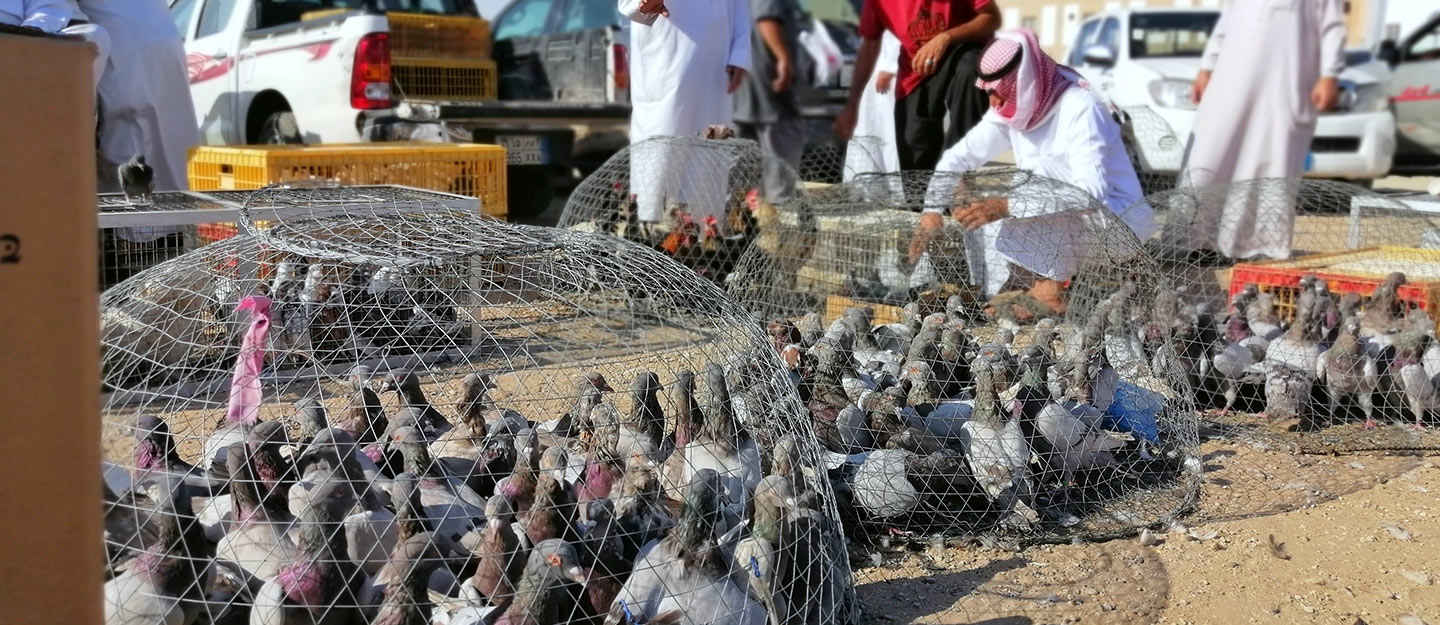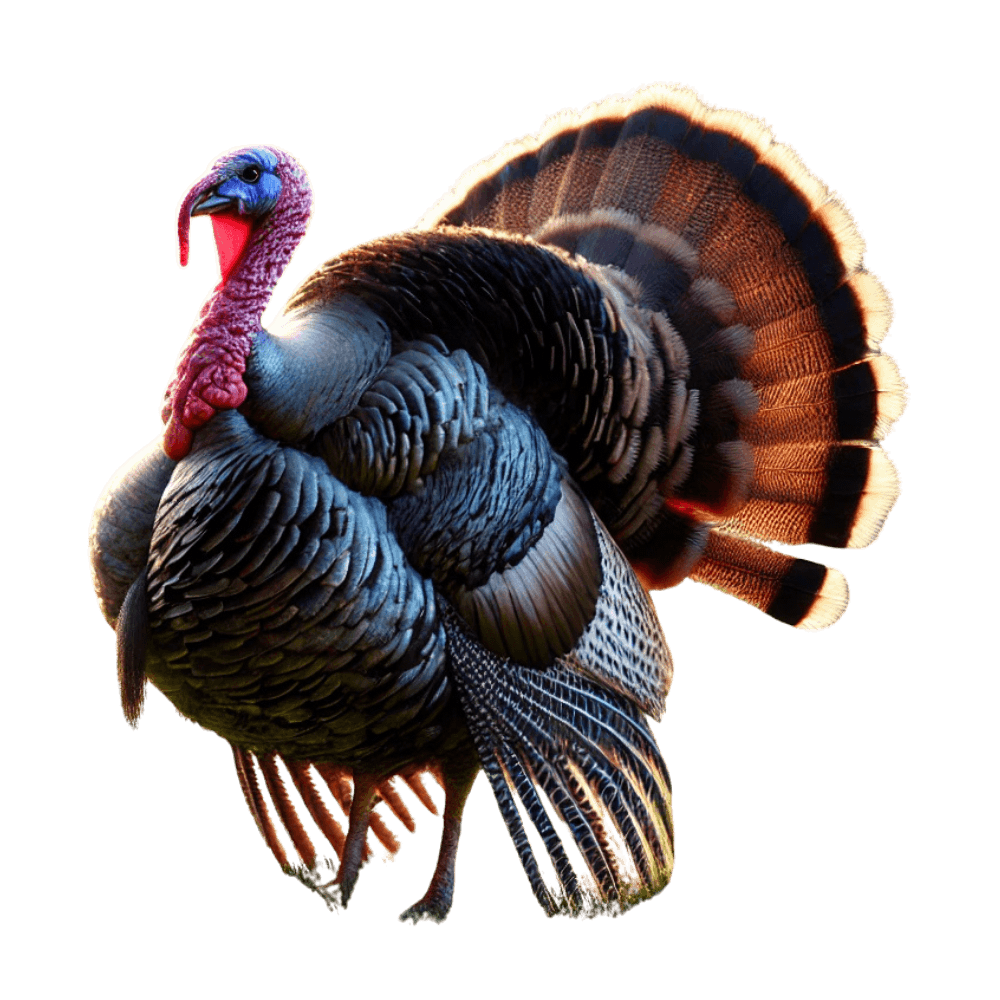Blog
Poultry farming in Saudi Arabia

Poultry farming in Saudi Arabia. An industry that is growing steadily towards self-sufficiency
Poultry farming in Saudi Arabia is one of the most important agricultural sectors that contribute significantly to the country’s food security, and with the growing population and increasing demand for animal products, poultry farming has gained strategic importance in providing white meat and eggs to consumers.
Supported by government policies aimed at boosting local production and reducing dependence on imports, poultry farming in Saudi Arabia relies on the latest technologies in farm management, veterinary care, and nutrition, which contributes to increasing the quality and efficiency of production.
With the adoption of Saudi Vision 2030, Saudi Arabia seeks to achieve self-sufficiency in poultry products and boost its exports, we will talk more in this article about the most important things related to poultry farming in Saudi Arabia.
Features of poultry farming in Saudi Arabia
Poultry farming in Saudi Arabia has several advantages that have made it one of the most important agricultural industries in Saudi Arabia:
Strong government support
The Saudi government provides significant support to the poultry sector through soft funding programs and national initiatives aimed at achieving food self-sufficiency, providing farmers with access to land, financing, and modern technology.
A large and growing local market
The demand for poultry products increases as the population grows and the income level rises, which means that this provides a large and regular local market for poultry products, and encourages more investment in this sector due to the high demand for it.
Advanced technology
The poultry sector in Saudi Arabia benefits from the latest technologies in veterinary care, nutrition, and farm management, knowing that the presence of this technology helps improve production efficiency and product quality, minimize losses, and increase profitability.
A favorable environment for production
Saudi Arabia has a favorable environment for poultry farming with the availability of large areas of agricultural land and the possibility of controlling the production environment through closed systems throughout the year.
High biosecurity rates
Saudi Arabia applies strict biosecurity and hygiene standards in poultry farms, which minimizes the risk of disease, ensures the quality and safety of food products, and enhances consumer confidence in local products.
Self-sufficiency
Saudi Arabia seeks to achieve self-sufficiency in poultry and eggs, reducing dependence on imports and enhancing national food security. This is a strong incentive to expand local production and increase its efficiency.
Possibility of export
Saudi Arabia has started exporting poultry products to regional and international markets as the industry develops and local production increases, which means new opportunities for farmers and contributes to diversifying sources of income.
Product variety
Poultry farming in Saudi Arabia includes the production of a wide range of products such as white meat, eggs, and other derivatives. This diversity helps cater to different needs of the local market and enhances the sustainability of the sector.

How to Raise Fattening Poultry
Raising poultry for fattening, or broiler production, requires careful steps and procedures to ensure the best results in terms of growth, health, and quality. Here are the secrets of poultry farming:
Choosing the right breed
Choosing the right breed of broiler poultry is the first step, such as choosing breeds such as “Rus” and “Cobb” known for their high growth rates and efficiency in converting feed into meat, as well as buying chicks from reliable sources that ensure you get healthy and disease-free chicks.
Preparing the right environment
The place must be well equipped with good thermal insulation, adequate ventilation, and proper lighting, and it is also preferable for farms to be away from sources of pollution such as industrial areas, and it is important to have a heating system at a constant temperature ranging between -34°C in the first week, then gradually reduce it, especially in the winter season
Health care and prevention
It is essential to follow a strict immunization schedule for chicks against common diseases such as Newcastle, Jumbo, and influenza, and to monitor the health of poultry regularly, and to monitor in case of any symptoms such as decreased activity, or a change in the rate of feed consumption, which is characteristic of poultry farms in Saudi Arabia.
Nutrition
A balanced feed that contains all the necessary nutrients for rapid growth such as proteins, fats, carbohydrates, vitamins, and minerals should be provided, and the feeding schedule should be divided into stages according to the age of the poultry (start, growth, final fattening), taking into account the recommended quantities to avoid wastage.
Water management
It is important to provide clean drinking water on a regular basis, change it regularly and clean the faucets to prevent the spread of disease.
Growth management
Maintain an appropriate density of poultry inside the barn so that it does not exceed 10-12 chickens per square meter, and provide appropriate lighting around the clock, especially in the first weeks of life, then gradually reduce the lighting hours.
Ventilation
Ventilation is essential to get rid of moisture and harmful gases such as ammonia, and good air circulation must be ensured inside the barn without exposing the poultry to cold drafts.
Transportation and marketing
When poultry reach marketing weight (usually after 35-42 days), you should transport them to the slaughterhouse in a safe manner to ensure they are not stressed or injured.
Marketing poultry at the right time to ensure the best price, taking into account the competition in the market.
Registration and follow-up
Keep accurate records of growth, consumption, and immunizations to help optimize farm management and make future decisions based on accurate data.

Poultry Feed Prices in Saudi Arabia
Poultry feed prices in Saudi Arabia are affected by many factors such as the cost of raw materials, supply and demand in the market, global economic changes, and logistical costs, and prices vary based on the type of feed (starter, grower, finisher) and the ingredients used in it as follows:
- Starter feed (for young chicks): Its price usually ranges from 80 to 120 Saudi riyals for a 50 kg bag.
- Growing feed (for growing poultry): The price ranges from 70 to 110 Saudi riyals for a 50 kg bag.
- Nahi feed (for poultry in the final stage of fattening): Its price ranges from 65 to 100 Saudi riyals for a 50-kilogram bag.
Types of Poultry in Saudi Arabia
There are many types of poultry raised to meet the needs of the local market, both in terms of meat and eggs. Types include the following:
- Broiler chicken (meat)
- Turkey (turkey)
- Abyssinian (Pharaonic) Chicken
- laying hens
- Municipal chicken
Thanks to government support and modern technologies, the Kingdom has succeeded in developing this sector to become more competitive and efficient, and with continued efforts towards achieving self-sufficiency and increasing local production, Saudi Arabia looks forward to a promising future in the poultry industry, where it plays a pivotal role in promoting food sustainability and keeping pace with the growing demand for poultry products. Poultry farming in Saudi Arabia is not only a response to market needs, but also a long-term vision to boost the national economy and bring prosperity to the community.









